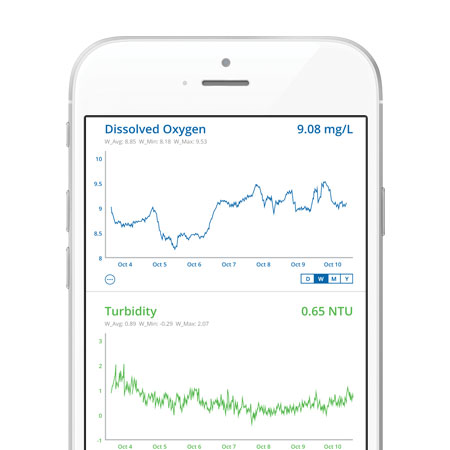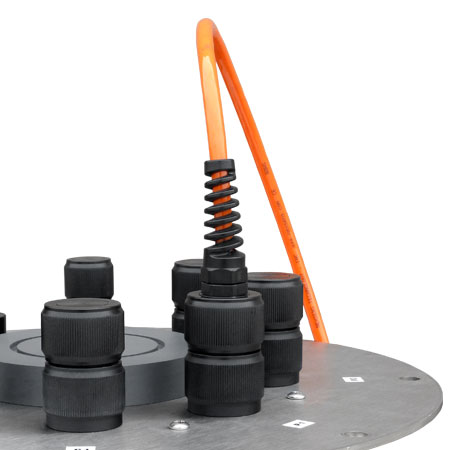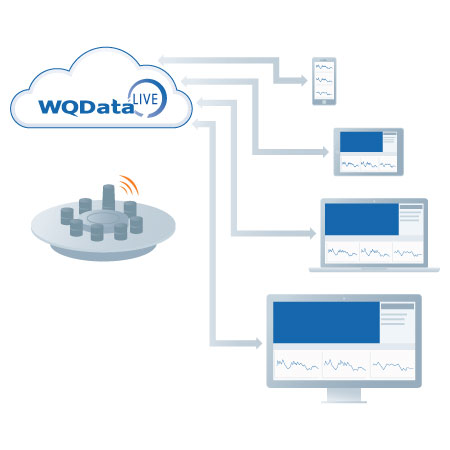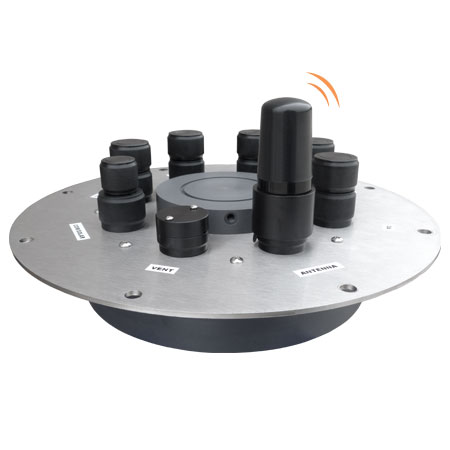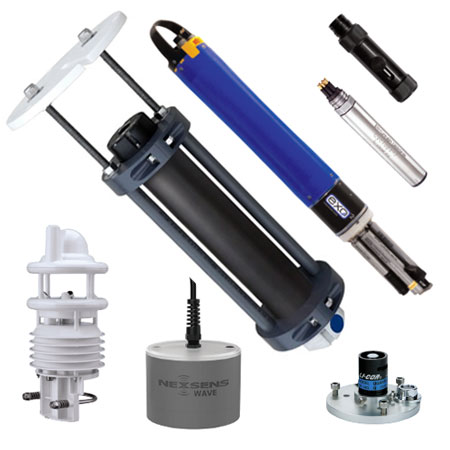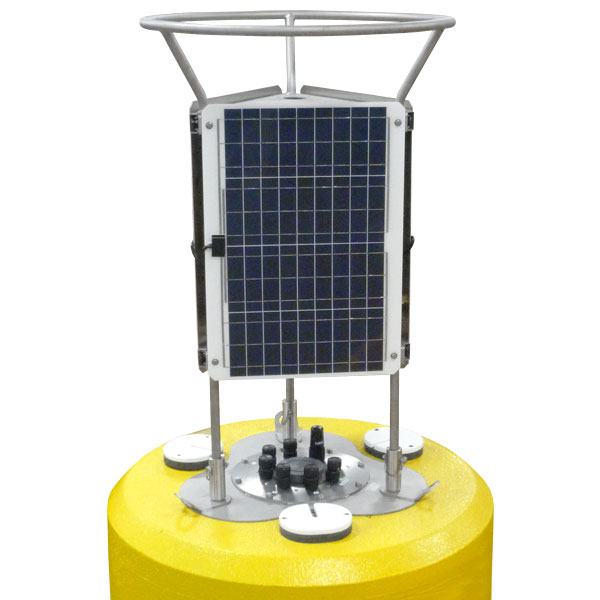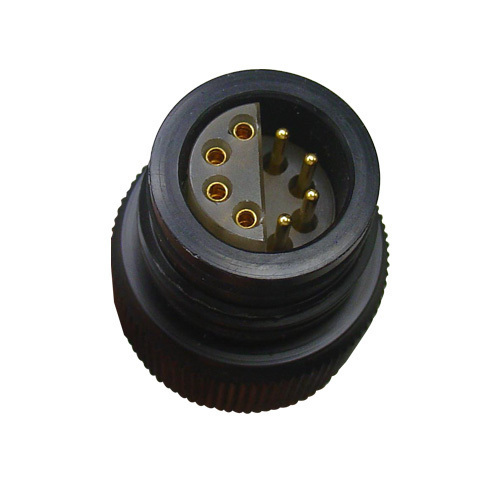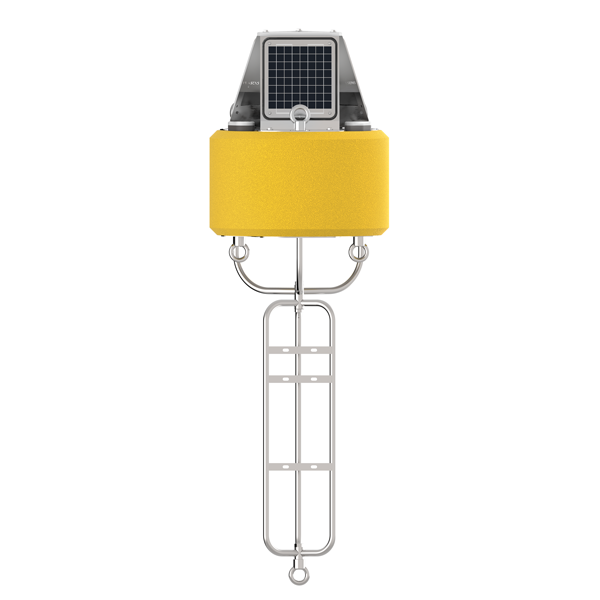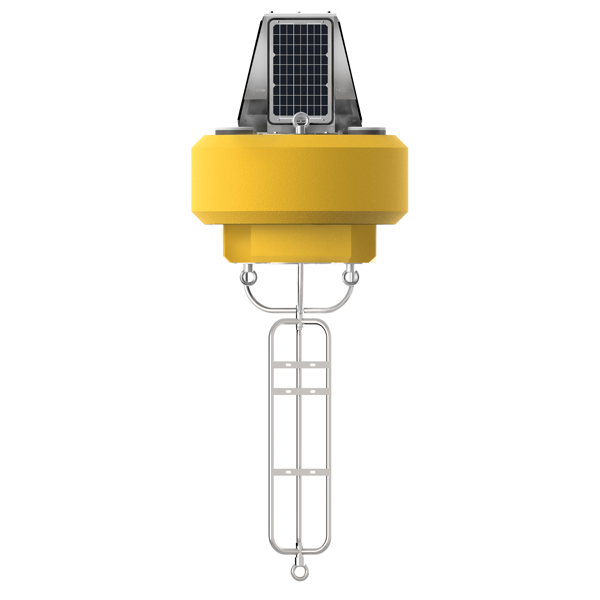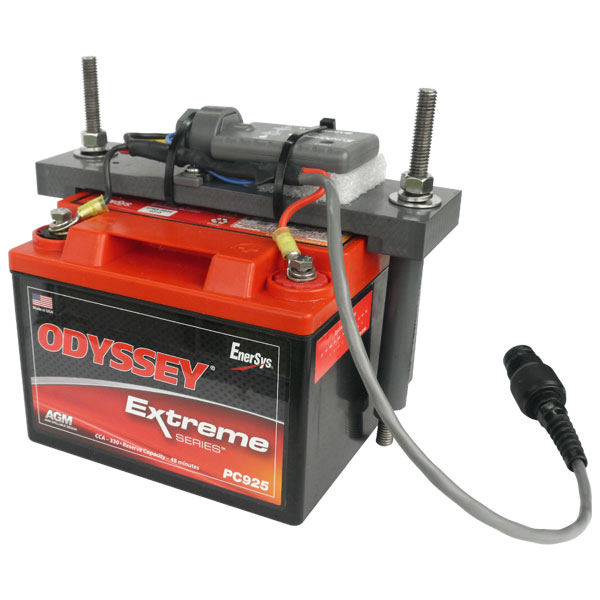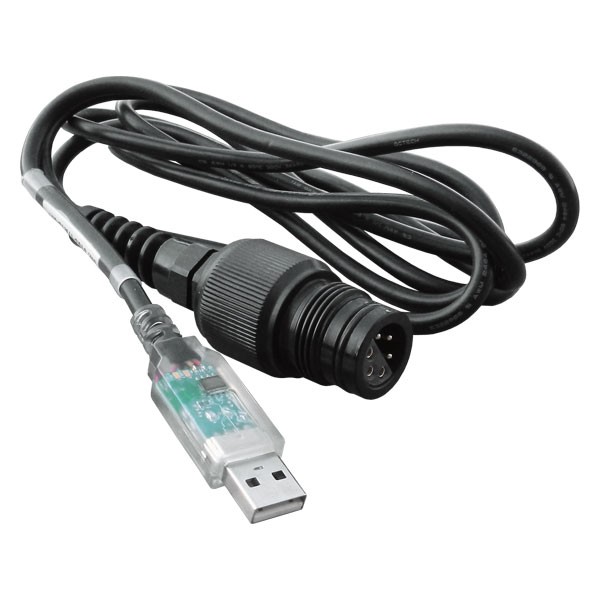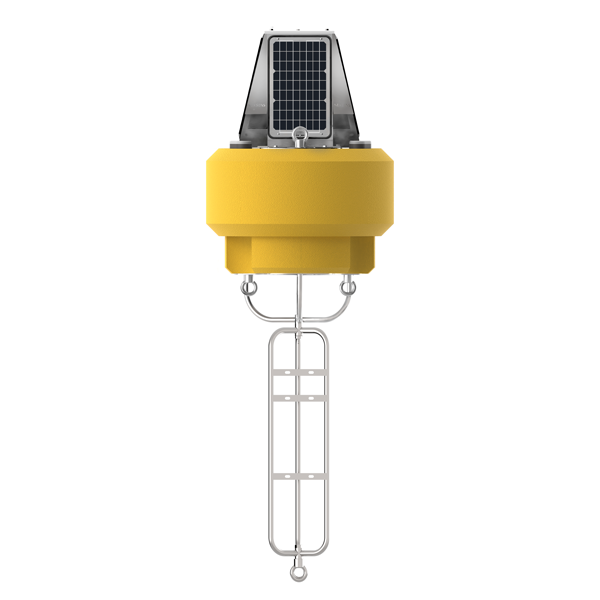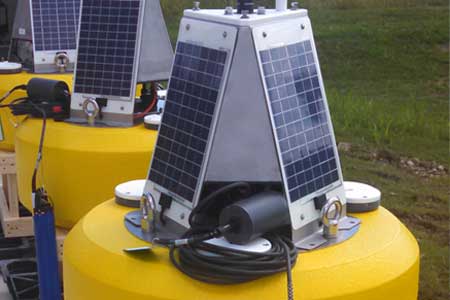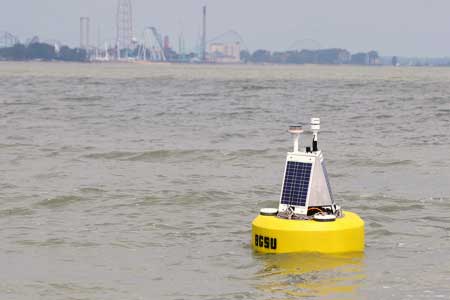X2-CB Buoy-Mounted Data Logger
The X2-CB includes all the features of the flagship X2 data logger in a lid-mounted package designed for integration on CB-Series data buoys.
Features
Tech Specs
Mount: CB-Series buoy data well plate
Material: 316 stainless steel plate with PVC body
Weight: 10.5 lbs.
Dimensions: 13.5" Diameter, 4.4" Height (6" with cell/radio antenna; 8.125" with Iridium antenna)
Power Requirements: 5-16 VDC +/-5% (Reverse polarity protected)
Current Draw (Typical @ 12VDC): Low power sleep: 350uA; Active: 45mA; Cellular transmitting: 300mA; Iridium satellite transmitting: 170mA
Peak Current: Power supply must be able to sustain a 500mA 1-second peak current (@ 12V)
Operating Temperature: -20C to 70°C
Rating: IP65
User Interface: RS-485 direct to CONNECT Software, WQData LIVE Web Datacenter, buzzer indicator
Data Logging: 256MB microSD card (expandable up to 4GB)
Data Processing: Parameter level polynomial equation adjustment; Basic & Burst Averaging (min, max, standard deviation, and raw data available)
Real Time Clock (RTC): <30sec/month drift1; Auto-sync weekly2; Internal backup battery
Log Interval: User configurable from 1 minute (10 minute default)3; Independent interval per sensor
Transmission Trigger: Time-based; Selective parameter upload option
Sensor Interfaces: SDI-12, RS-232 (3 Channels), RS485
Sensor Power: (3) independent switches from input supply4,5
Built-in Sensors: Temperature (-40C to 85C, 0.1C resolution, ±0.3C accuracy); Humidity (0% to 100%, 0.1% resolution, ±4% accuracy from 5 to 95% RH & -20 to 70C); Battery voltage; System & sensor current
Sensor Ports: (5) 8-Pin for Sensor Interface (RS-232, RS-485, SDI-12, Switched Power, GND)6
Power Port: (1) 6-Pin for Power and Communication (12V Solar In, Power Switch, RS-485 Host, GND)
Telemetry Options: 4G LTE cellular, CAT-M1 cellular, Iridium satellite
Antenna Port: Type N female
Notes
1Assumes 25ºC operating temperature
2Requires the X2 to be connected to the internet
3Minimum log interval dependent on sensor limitations and processing time
4Cumulative concurrent current limit of all three channels is 2A
5Logger power supply must be able to support current requirements of sensors
6P0A & P0B share a single RS-232 and power channel. P1A & P1B share a single RS-232 and power channel.
Q&A
The X2-CB with integrated Wi-Fi can connect to Wi-Fi hotspots with a range of up to 250 feet using the external antenna. This allows data to be pushed up to the WQData LIVE web datacenter without the added costs of cellular/satellite service fees or radio base station hardware. Given the limitations of broadcasting a Wi-Fi signal over open water, this is generally only feasible in near-shore applications (ponds, industrial sites, etc.).
Changing measurement or transmit frequency can be done remotely using the WQData LIVE Web Datacenter or through direct PC connection using the UW6-USB-485P adapter and CONNECT Software.
Accessories
Case Studies
San Diego Bay Dredging
To clean up environmental contaminants released in its waters going back to the 1960s, the San Diego Regional Water Control Board ordered dredging actions to begin in San Diego Bay in March 2012. The plan of approach was clear: A section of the bay, called the South Site, would be dredged first, and then a second phase of the work would dredge the North Site. Organizations involved in the work […]
Read More →Tracking Lake Erie Hypoxia
Keeping an eye on the health of Lake Erie is a big job, involving a lot of agencies, organizations and monitoring equipment. The collective efforts help make the lake one of the best studied in the world, along with the other four Great Lakes. Buoy networks in Lake Erie are important to those efforts, as they help scientists around it keep tabs on measurements influencing the lake and its health. […]
Read More →Sandusky Bay Algal Bloom Buoy
With Lake Erie’s algal bloom problem persisting in its western basin, state officials and researchers are working to expand monitoring capabilities there. Many of those are supported by networks of buoys that collect readings from advanced sensors measuring water quality. The issue of most concern is maintaining the safety of drinking water for those living near the lake. In Sandusky Bay, the problem is no different. But there is a […]
Read More →

